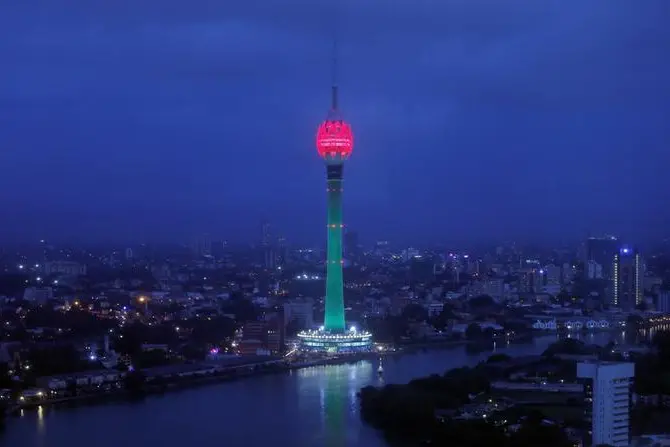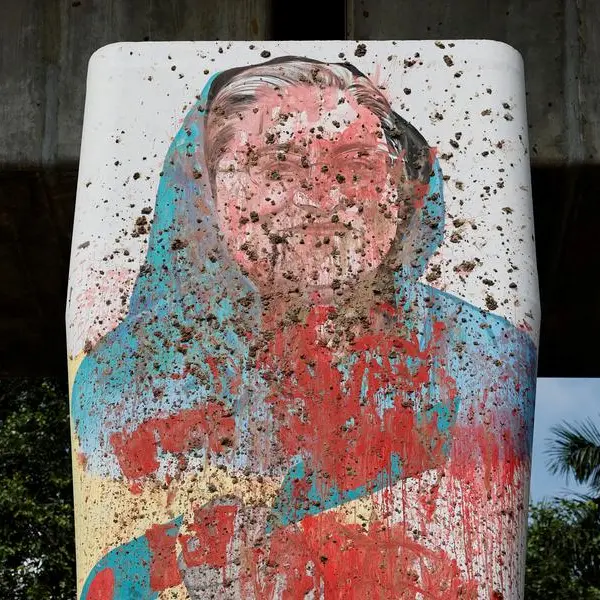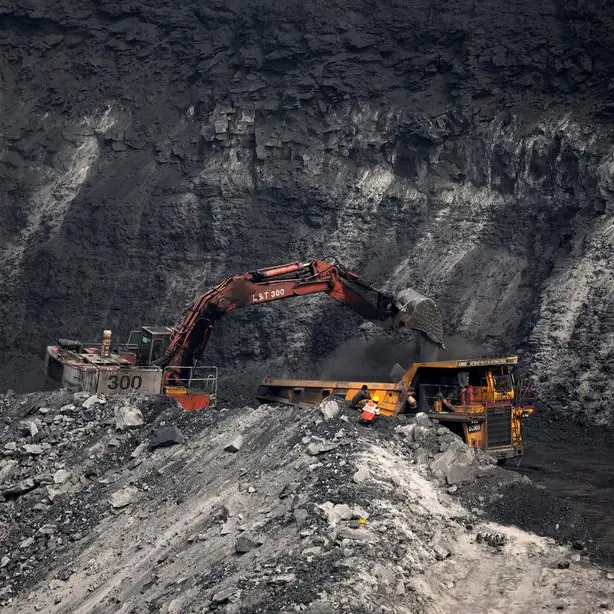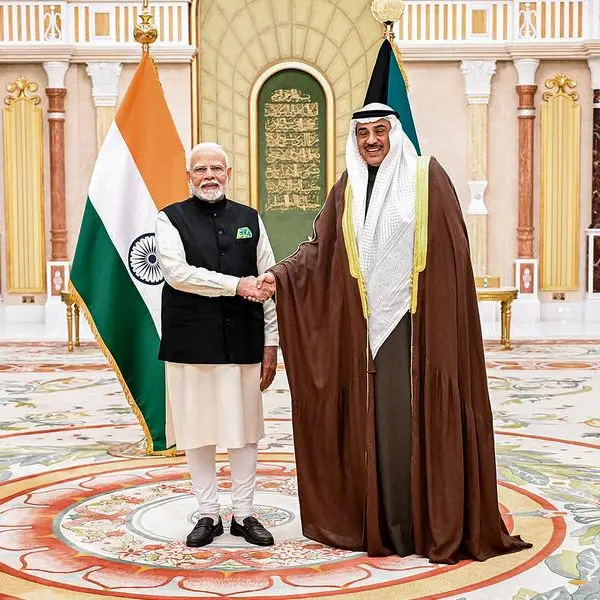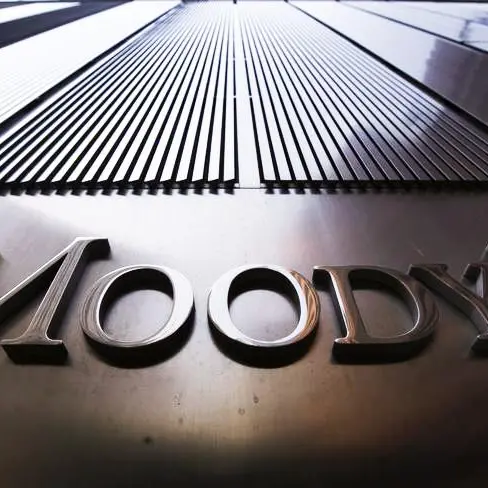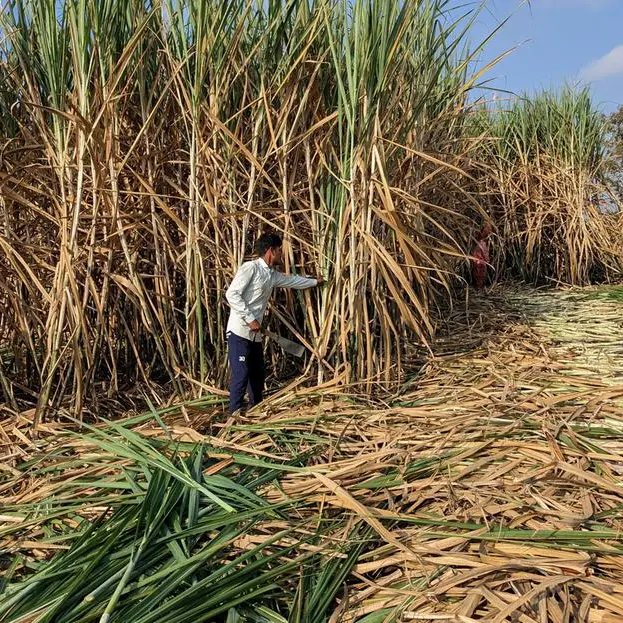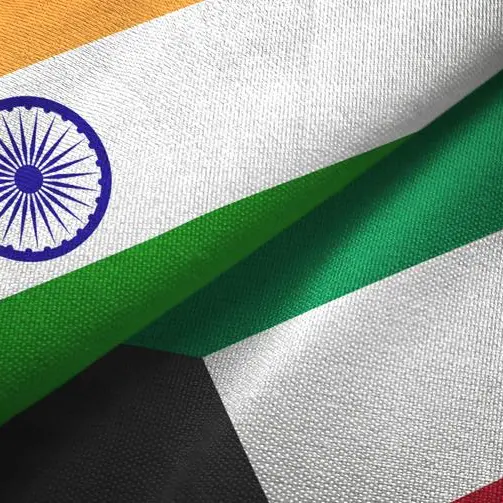PHOTO
Sri Lanka's consumer price inflation rate dropped to 5.1% in February after accelerating to 6.5% in January, official data showed on Thursday, as the impact of a higher sales tax needed to meet targets set under a $2.9 billion IMF programme receded.
The National Consumer Price Index (NCPI) captures broad retail price inflation and is released with a lag of 21 days every month.
Food prices rose 5% in February on the year compared with 4.1% in the previous month, the Department of Census and Statistics said in a statement.
Prices for non-food items rose 5.1% compared with 8.5% in January.
"Inflation is likely to reduce to 2.6% in March due to lower energy prices and thereafter move to a 4%-7% band in the medium term," said Dimantha Mathew, head of research, First Capital.
"Inflation may become a less significant factor in deciding monetary policy as its mostly driven by supply side pressures."
Sri Lanka racked up record inflation that peaked at 70% in September 2022 after its economy was pummelled by the worst financial crisis in decades, triggered by a plunge in foreign exchange reserves.
It increased its Value Added Tax (VAT) from 15% to 18% from the beginning of the year in an effort to meet government revenue targets set under a $2.9 billion International Monetary Fund (IMF) bailout, which was finalised last March and helped the island nation tackle inflation, rebuild reserves and stabilize its currency.
Sri Lanka's economy shrank 2.3% in 2023 but is expected to return to growth this year.
Some analysts expect the Central Bank of Sri Lanka (CBSL) to reduce interest rates next week, continuing its policy easing having slashed interest rates by 650 basis points since June to boost growth. (Reporting by Sethuraman NR in Bengaluru; Editing by Andrew Cawthorne and Shailesh Kuber)
